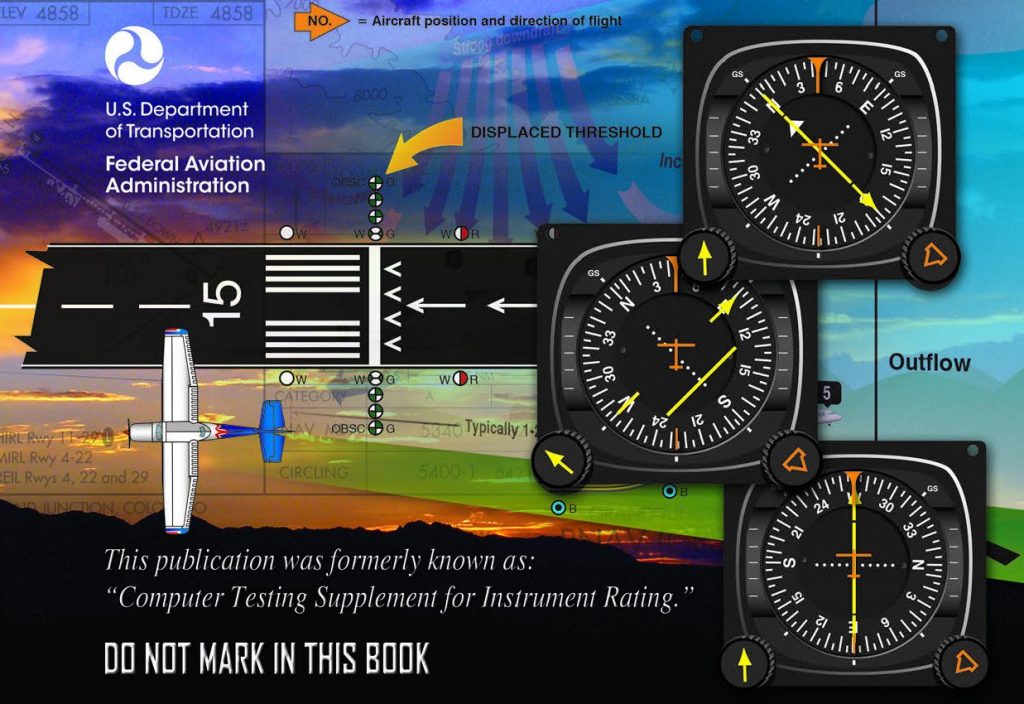How to Convert Knots to MPH, and More Unit Magic
using conversion factors to change units and confirm results
The boring way to convert knots to mph is to multiply knots by 1.15.1 But this skips over some awesome unit magic.
Specifically, we can use conversion factors to change between related units. Let’s look again at how to convert knots to mph.
Suppose you’re traveling at ![]() . Then,
. Then,
![]()
Did You Just Cross Out the Units?
I did! This is called a conversion factor,2 and is based on the principle that anything multiplied by 1 equals itself. It is an easy way to convert between units, and allows us to solve a variety of aviation problems.
…

